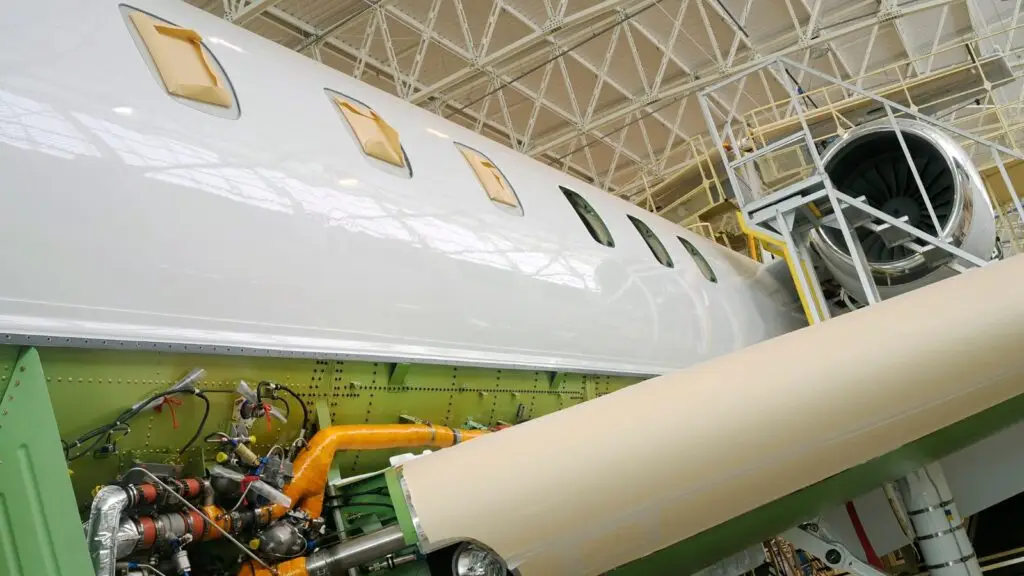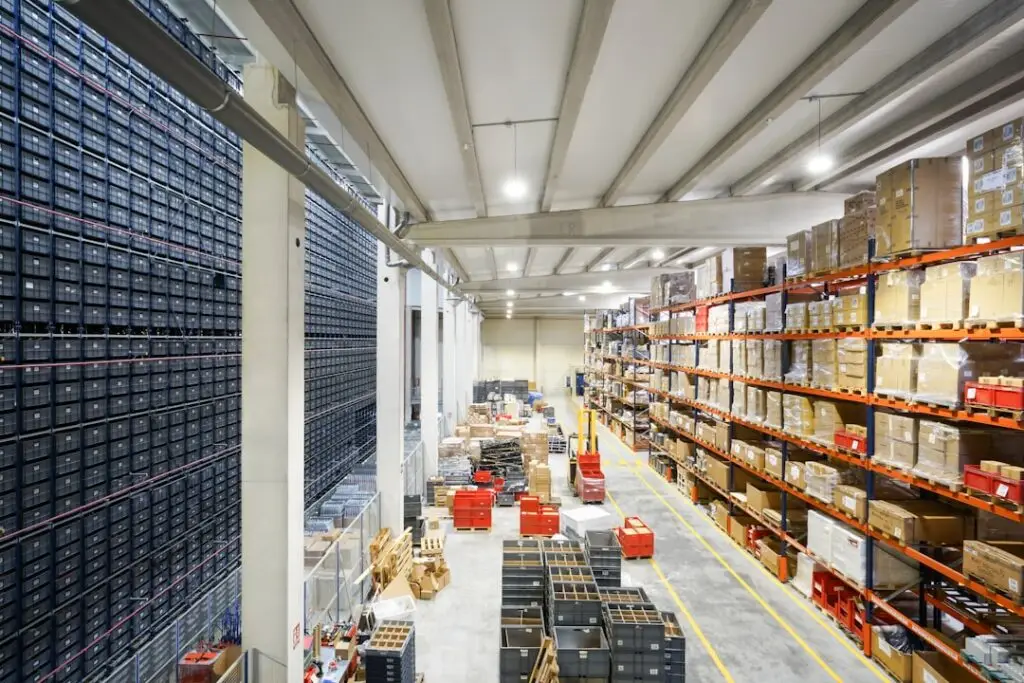By Amber Salley
In today’s volatile, uncertain world, supply chain success hinges on one thing: the quality of your decisions. Whether you’re adapting to shifting market demands, integrating new technologies, or recalibrating operations for cost, risk, or service trade-offs, the ability to engineer and orchestrate supply chain decisions across time horizons is now a defining capability of successful supply chain operations.
From Reactive Planning to Decision Engineering
Modern supply chains face rising expectations and intensifying disruptions—from macroeconomic shifts to rapidly evolving consumer behavior. Yet most businesses still rely on fragmented tools and legacy models. Supply Chain leaders are now turning to a Decision Engineering approach—a structured, scalable method for improving outcomes by selecting the right tools and processes for each type of decision.
This is the essence of the GAINS DEO platform. GAINS Decision Engineering and Orchestration platform enables supply chain professionals to orchestrate smarter, faster decisions across strategic, tactical, and operational planning horizons.
Nine Strategies for Advancing Your Supply Chain Through Decision Engineering and Orchestration
Below are nine strategies that move beyond conventional planning and embrace the full power of Decision Engineering and Orchestration (DEO) to prioritize, structure, and execute high-value decisions.
1. Define Decision-Oriented Aspirations
Start by defining not just your business goals, but the types of decisions that will get you there. Anchor your strategy around supply chain decisions that most impact outcomes. These aspirations should focus on improving agility, reducing risk, increasing customer confidence, and balancing cost-service trade-offs.
2. Understand Your Decision-Making Approach.
Assess how decisions are currently made: are they reactive or proactive? Are they based on timely, structured data—or tribal knowledge? Evaluate not just systems and skills, but decision workflows, visibility, and your current ability to measure the effect of decisions.
3. Envision a Future Powered by Orchestration
Envisioning the future isn’t just about setting goals—it’s about understanding how to better align data-driven decisions across time horizons to deliver meaningful results. Whether you’re expanding markets or improving ESG performance, every objective depends on structured decision-making.
4. Craft a Strategic Decision Roadmap
Use DEO principles to build a roadmap for improving how decisions are made. This may involve implementing AI/ML for specific use cases (e.g., demand shaping), designing a better S&OP process, or introducing simulation to evaluate trade-offs before they occur.
5. Invest in Decision-First Process Improvement
Stop treating processes and decisions as separate. Your processes should support better decisions—from scenario planning to dynamic inventory policy updates. Use DEO to map where decisions happen and identify friction or gaps in evaluating trade-offs.
6. Adopt Technology That Enables Structured Decision-Making
Composable decision orchestration platforms like GAINS are purpose-built for this uncertain new era. Using Artificial Intelligence—not just automating tasks, but engineering better decisions through integrated optimization, simulation, and orchestration tools. Align your tech investments to the maturity of your decisions—not your data.
7. Balance Ambition with Realism
Decision Engineering & Optimization isn’t about chasing perfection, after all, there’s no one right answer—it’s about improving outcomes through repeatable, data-driven iterations. Using confidence intervals, risk modeling, and scenario design to ground your ambitions, giving you the best opportunity for success.
8. Make Goals Achievable, Decision-Centric, and Measurable
Translate business objectives into decision objectives: What decisions need to improve? What trade-offs must be managed differently? Set KPIs around decision performance (e.g., inventory turns, forecast accuracy, service-level adherence) to evaluate impact.
9. Ensure Agility with Continuous Recomposition
A Decision-Oriented supply chain is one that can recompose itself as conditions change. With GAINS DEO, you can continuously revise, adapt, and orchestrate decisions at speed and scale—without waiting on static processes to catch up.
Why Decision Engineering Is the Future of Supply Chain Leadership
As companies look to future-proof their supply chains, they must evolve past fragmented workflows and embrace a unified, composable approach to decisions.
This means:
- Structuring your supply chain around decisions, not departments or static plans.
- Orchestrating priorities across time horizons—from network design to daily execution.
- Engineering decision quality, using the right methods for the right problems.
GAINS customers are already leveraging this approach to reduce planning cycles, improve customer service, and confidently manage through disruption.
Ebook: Decision Engineering for Real World Supply Chains
Closing Thoughts
The future belongs to supply chain leaders who can think clearly and act decisively. That’s the promise of Decision Engineering & Orchestration: better decisions, made faster, aligned with business goals and powered by a composable architecture.
It’s time to stop chasing certainty and start engineering success.
| About the Author Amber Salley, a seasoned expert and Vice President of Industry Solutions at GAINS, brings a wealth of knowledge and fresh perspective to this critical topic and spoke about it during her theater presentation at the event. |



